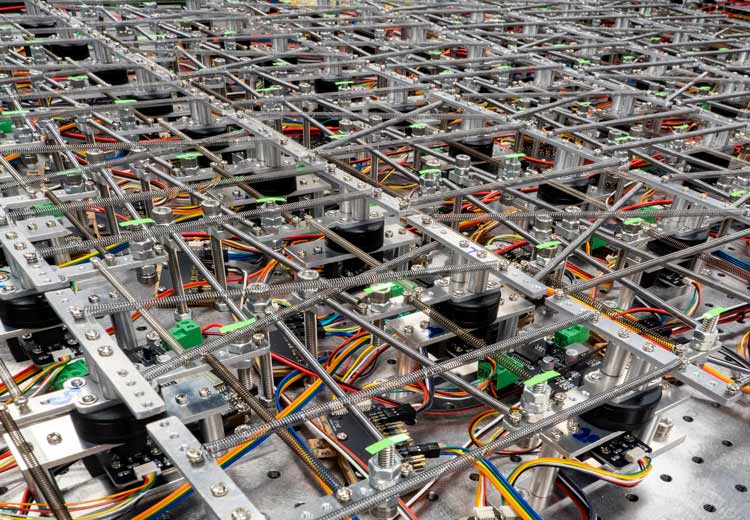Frontier physics and the theoretical principles behind tomorrow’s tech

Sponsored by

Sponsored by

Groundbreaking research from physicists at Hong Kong Baptist University is expanding our understanding of topological modes and establishing scientific principles that could support more efficient systems in lasers, quantum computing and communications
The 2016 Nobel Prize in Physics opened a new frontier for physicists. David Thouless, Duncan Haldane and Michael Kosterlitz’s prize-winning work made topological effects a subject of interest and a platform for researchers such as Guancong Ma, an associate professor in the Department of Physics at Hong Kong Baptist University (HKBU), to expand upon their findings and make their own discoveries.
Ma, a specialist in classical wave physics, says topological modes provide robust one-way channels for energy transfer. “In traditional materials, you need a system to be very pristine to transfer near 100 per cent. However, the properties of topological modes allow you to achieve the perfect transfer of energy or information without any backscattering, even in materials with defects,” he says. “This is a very valuable property for communications, for energy delivery and for more demanding situations in quantum information or quantum computing, which are not tolerant of errors.
“However, there is a steep price to pay for such beneficial properties: topological modes are known to cling to the edge, which means the bulk of the material or device is not engaged. From the look of it, it just sits there doing nothing, yet it is not indispensable. You can’t get rid of it because without the bulk material there is no edge to speak of.
It may be years before society-facing technologies are transformed by topological systems. When they are, they might be underpinned by a system that is even more efficient, with Ma having demonstrated how a principle known as the non-Hermitian skin effect can be exploited so that more of the bulk is engaged in the transfer as opposed to just using the edge that runs across the boundary of trivial and topological systems.
“It makes it more efficient, definitely,” Ma says. “We believe that it opens up new possibilities for using these modes because previously you could only let the energy flow along the edge but now you don’t have to waste any area, you don’t have to waste anything. The entire system, the entire bulk, is now working for you.”
The non-Hermitian skin effect places exacting mathematical conditions on the system to, in effect, hack its spatial properties. Where Hermitian models conserve energy, non-Hermitian models require the injection of energy into the system to promote transfer across the entirety of the bulk.
“Topological modes like to cling onto the edge,” Ma says. “In this system, we would apply a likelihood of the wave to go downward; this would compensate, give it a kick or traction to go downward so that it permeates the entire lattice…We are the first to really implement this and demonstrate it in an experiment. We believe that this can be very useful because now we know we can have an entire bulk of a system that is not wasted. It offers more [potential] for applications.”
Scientists are already looking into how topological modes could be applied to laser technology. But for now, Ma’s research will remain at the frontier of the theoretical – testing what is possible. To demonstrate the non-Hermitian skin effect, Ma reverts to a mechanical model comprising a carefully tuned relay of mechanical oscillators, each with one degree of freedom, mimicking topological properties. It looks just like high school physics, he says. It is anything but.
Find out more about the Department of Physics at Hong Kong Baptist University.